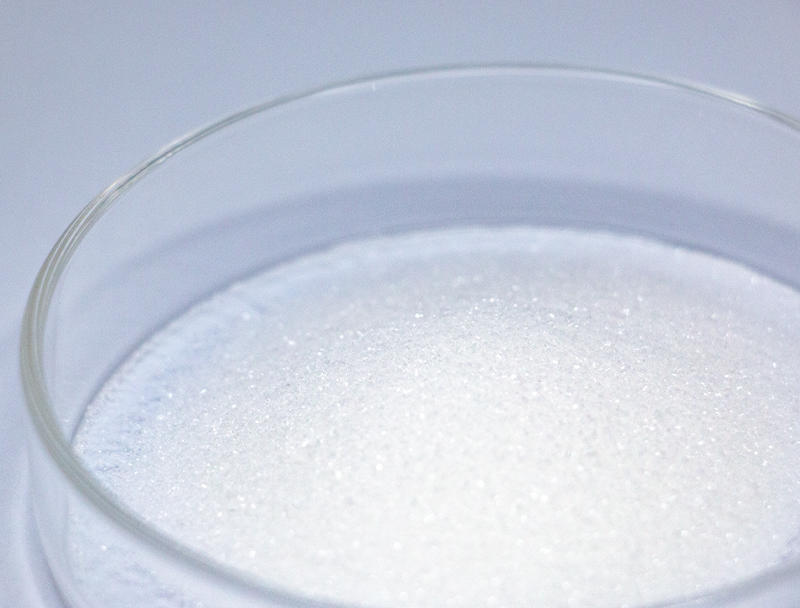process-compatible application-focused materials high purity raw material manufacturers
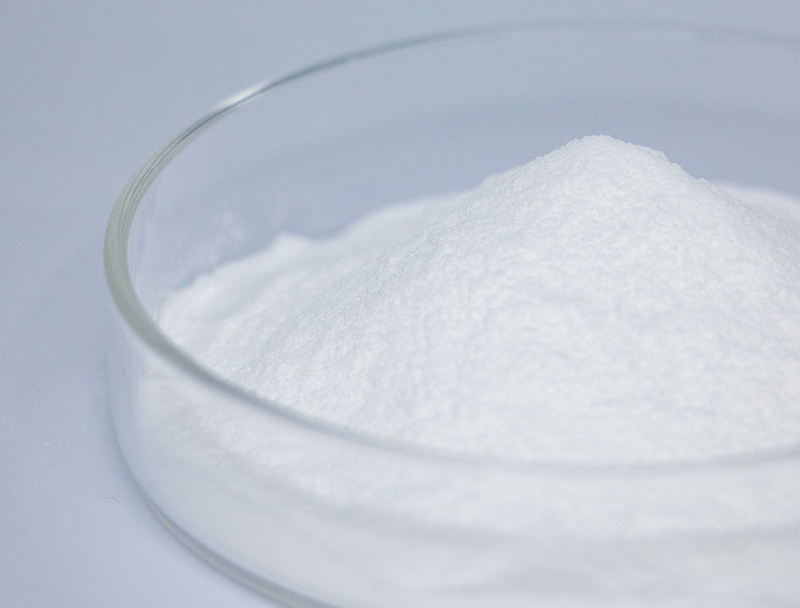
Advanced biosystems are built around a diverse spectrum of primary inputs to yield progressive bio-based commodities.
Protecting the sustainable sourcing of these resources is indispensable to sustainable success and conscientious scaling.
a range of complications linked to historic procurement practices including biodiversity loss and excessive resource use. Consequently, biotech firms need proactively to adopt sustainable procurement approaches to reduce environmental impact.
- Illustrations of eco-conscious sourcing involve:
- Integrating compostable agricultural waste into supply chains
- Deploying circular process designs to reduce discard and boost reuse
- Teaming up with provincial partners who practice sustainable procurement
This shift towards sustainable raw material sourcing is not only environmentally beneficial but also economically viable in the long run.
Enhancing Biomass Composition for Superior Biofuel Results
Optimizing biofuel yields depends strongly on feedstock quality and makeup. Researchers repeatedly investigate innovative methods to enhance feedstock potential, producing improved fuel yields and a lower-carbon energy pathway. Initiatives integrate bioengineering to scale biomass production and pretreatment workflows to free fermentable sugars.
- Similarly, research probes algae, byproduct streams, and harvest remnants as potential sustainable sources to augment biofuel feedstocks.
- As a result of relentless efforts the industry should deliver significant enhancements paving a path to sustainable energy.
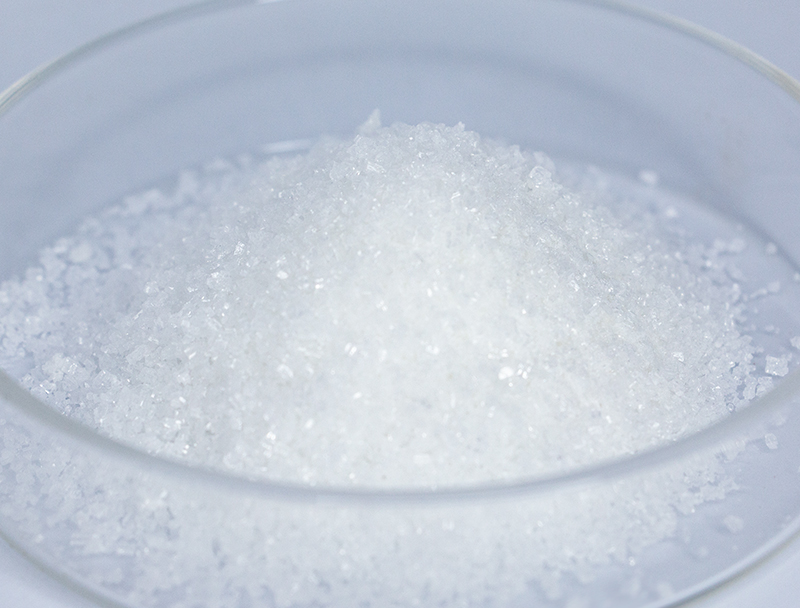
Biopharmaceutical Production: Innovations in Upstream Processes
embraces initial workflow stages from growth to harvesting Ongoing innovations have accelerated process enhancement leading to greater yields.
Significant developments incorporate advanced biological platforms, tailored medium blends, and precision reactor engineering. These developments raise yield and cut costs as well as diminish environmental consequences.
- Furthermore, there is a growing trend towards continuous processing in upstream processing, allowing for increased flexibility over the production process.
- This transition to advanced manufacturing techniques is set to transform the sector and accelerate therapeutic timelines.
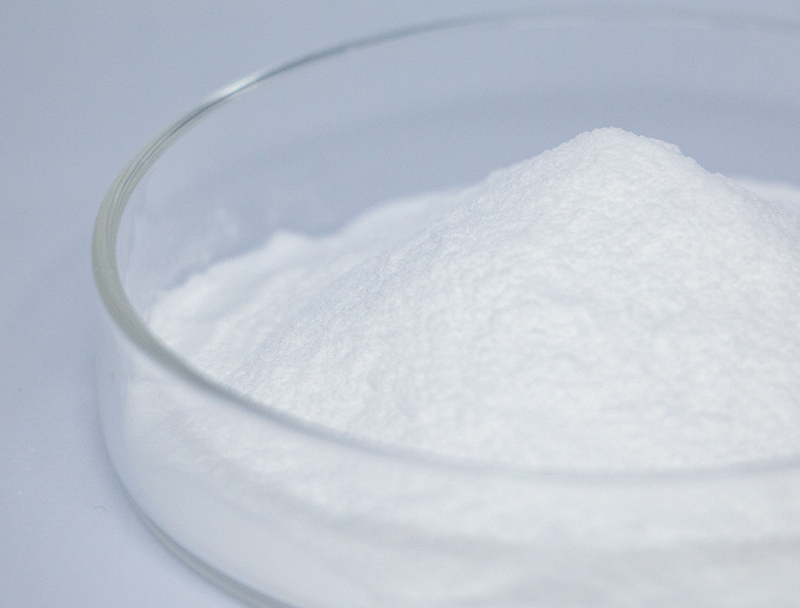
Molecular Editing Strategies to Increase Bioproduct Output
evolutions in genetic modification techniques have optimized therapeutic biosynthesis. With exact genomic alterations, researchers improve host productivity for therapeutic manufacture. The strategy paves the way toward accessible, high-yield therapeutics across disease spectra.
Microbial Approaches to Effective Bioremediation
novel biological remediation techniques leveraging microbial metabolisms for pollution control. Microbial species can metabolize and convert hazardous compounds into benign byproducts.. Employing microbial processes facilitates remediation approaches that preserve ecosystem integrity while reducing pollution.. Research teams analyze microbial diversity to find candidates that metabolize heavy metals, break down pesticides, and treat oil-contaminated matrices.. Microbial cultures can function in contained bioreactors or be deployed onsite to facilitate biodegradative remediation..
Using microbes for cleanup carries distinct advantages compared with chemical or physical remediation approaches. These methods are economical and eco-conscious while reducing hazardous secondary waste. Furthermore, microbial solutions are highly specific, allowing for the remediation of particular pollutants without disrupting the broader ecosystem. The field is rapidly refining methods to make microbial remediation more efficient and broadly effective.
Informatics-Driven Strategies for Drug Design
Bioinformatic tools play an increasingly crucial role in the modern landscape of drug discovery and development. From target discovery through candidate optimization, bioinformatics facilitates streamlined, hypothesis-guided workflows.
- With analysis of broad omics and clinical datasets, bioinformatic experts identify targets and model drug effects.
- Also, in silico modeling of molecular interactions accelerates optimization toward more selective therapeutics.
- In conclusion, computational biology reshapes discovery pipelines and speeds delivery of reliable treatments for patients.
Engineering Cellular Pathways for Improved Bioproduct Output
utilizes multiple approaches to enhance production of desirable bioproducts in cells. Techniques span CRISPR-mediated edits to reshape pathways, synthetic control elements to fine-tune expression, and gene imports to grant new biosynthetic abilities.. Through strategic metabolic edits practitioners can markedly increase the synthesis of target products.
This wide-ranging tactic can overhaul industries spanning medicine, agriculture, and energy production.

Barriers and Benefits When Expanding Biopharmaceutical Manufacturing
Industrial-scale production introduces demanding hurdles as well as strategic advantages. Maintaining consistent product attributes with scale-up remains a central difficulty. Solving it involves resilient control frameworks, high-resolution monitoring, and modern analytical tools.

A further difficulty lies in process complexity, with many interdependent production phases.. Transforming bench processes into industrial practice requires sustained research and engineering innovation. Nonetheless, the advantages can be major. Successful scaling up can lead to increased access of life-saving therapies, reduced production costs, and enhanced profitability.
Different initiatives are progressing to solve scale-up constraints. They encompass new process-improvement tools, in-line analytics for continuous oversight, and creative manufacturing approaches.
- Research and development activities are central to evolving manufacturing capacity.
- Government agencies are streamlining review procedures to permit quicker uptake of new production technologies and foster innovation.
Regulatory Considerations to Maintain Biopharmaceutical Safety and Performance
Bringing biologics to market involves rigorous regulation designed to protect patients and confirm therapeutic benefit. Therapies derived from biological organisms carry special considerations not typical of conventional pharmaceuticals.
Regulators such as the FDA and EMA define authorization pathways and quality standards for new biologic medicines..
Thorough testing frameworks are compulsory during all stages of development including after market release.. These measures aim to identify potential risks and guarantee that biopharmaceuticals meet the highest levels of safety..
Also, governing institutions evolve their strategies to respond to swift advances in biopharmaceutical science.. Programs embrace modern technologies and foster development speed while maintaining patient-centered safeguards.
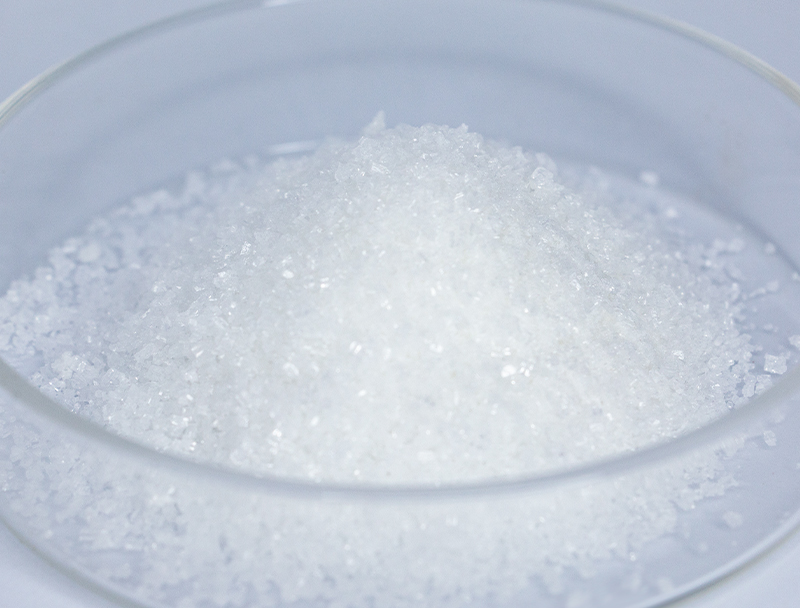
Evaluating Plant Biomass for Bioplastic Production
The growing need for sustainable materials has led to a surge in research and development of renewable options. Plant-derived biomass as input for bioplastics represents a practical route toward greener materials. Renewable inputs including cornstarch, cellulosic matter, and sugarcane biomass can be processed into biodegradable plastics that minimize long-term pollution.
Additionally, many plant-based bioplastics show performance characteristics similar to conventional plastics for numerous uses.. Sustained research efforts are necessary to optimize plant feedstocks for mass bioplastic production and enable circularity.
Biotechnology's Impact on Global Health and Food Security
Advanced biotech approaches can reshape healthcare delivery and enhance agricultural resilience. By applying gene editing, synthetic biology constructs, and cellular therapies, scientists create tools to fight disease, raise yields, and boost nutrition.. A concrete example trans-Cinnamic acid includes modified crops engineered for pest and stress tolerance that yield more while decreasing pesticide needs. Likewise, biotechnology enables new vaccines, novel therapeutics, and improved diagnostics essential to global disease mitigation and better health.. As the field evolves, biotechnology is expected to play a pivotal role in shaping a healthier and environmentally sustainable future for all.
